⇐ ARCHISLE ⇒
International Photographers in Residence Programme
Theme: Family & Environment

“Destroy an image in 5 different ways…”
When preparing for this task i had to consider what Jonny may have meant by the word ‘destroy’. Everyone has different interpretations of how you could destroy and image what you could do to it and the extent to which you may destroy it. I thought that it was an unusual task because it is a different approach to altering images especially when they are family album images, for example i found the idea of destroying an image very unnatural and found myself quite uncomfortable thinking about it.
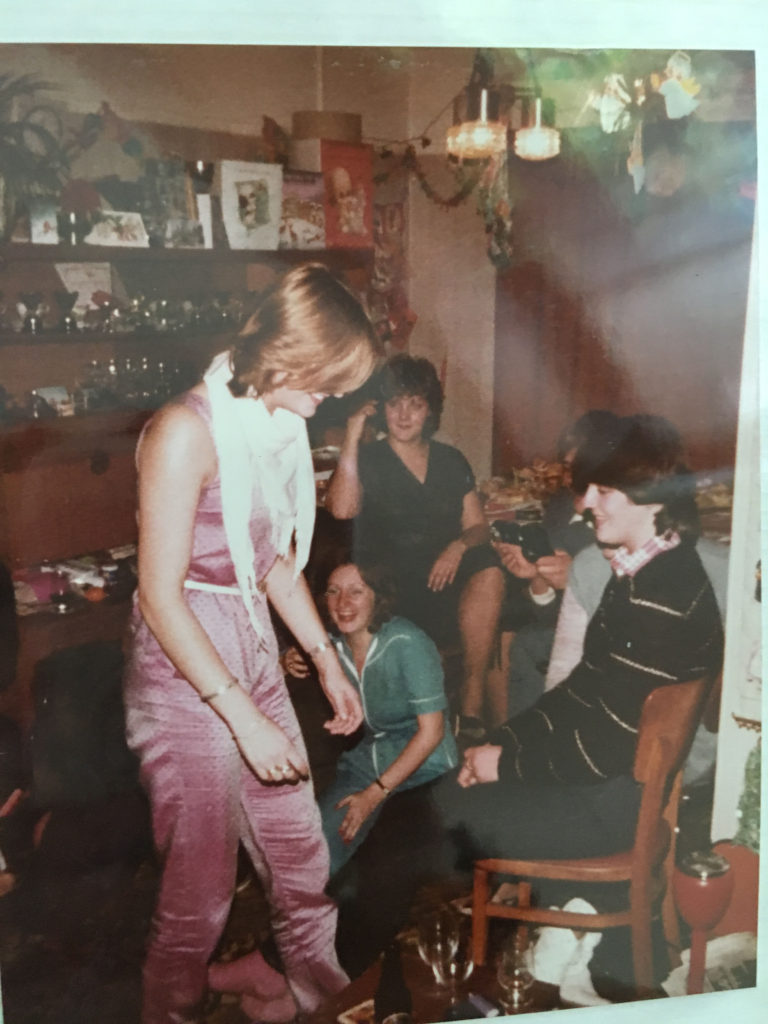
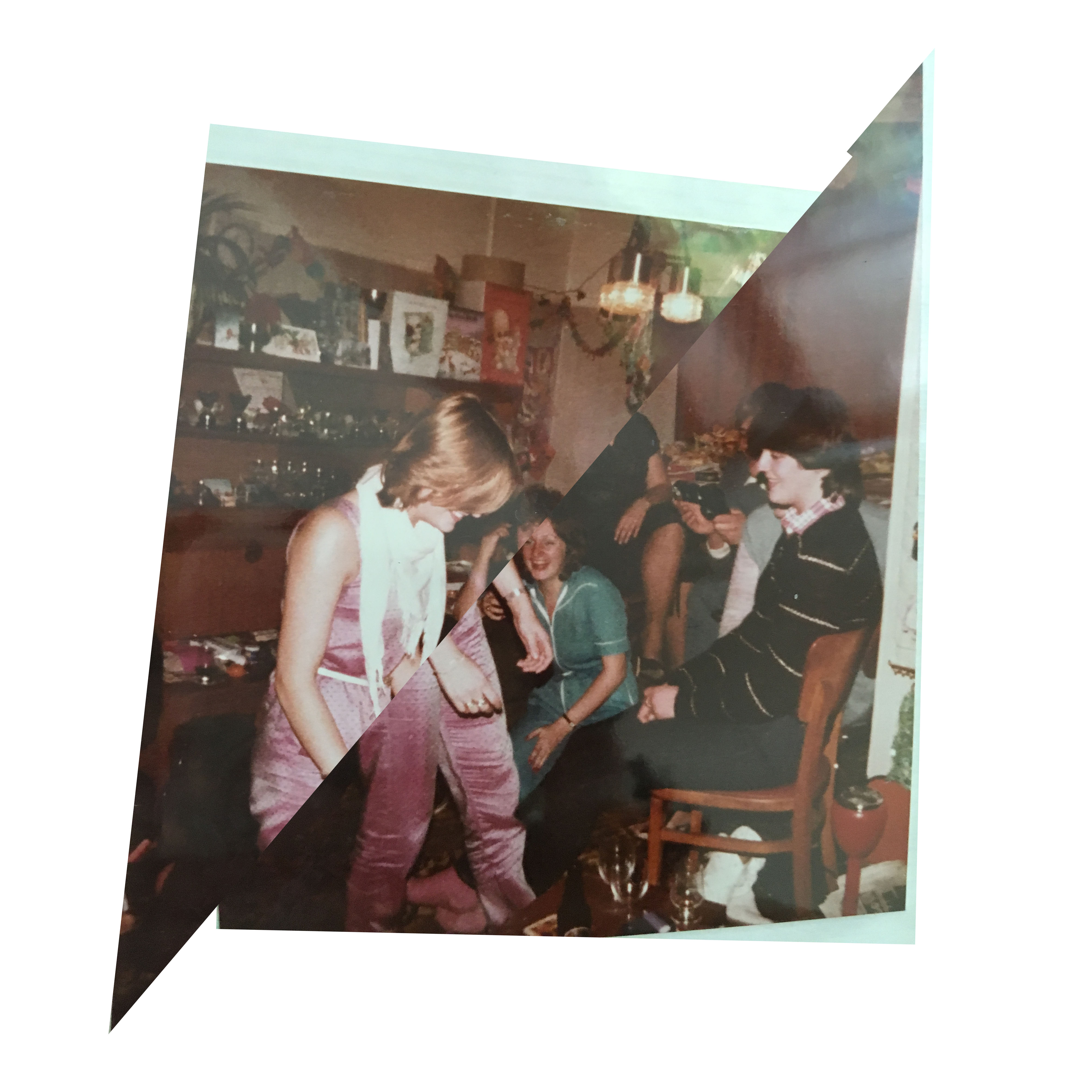
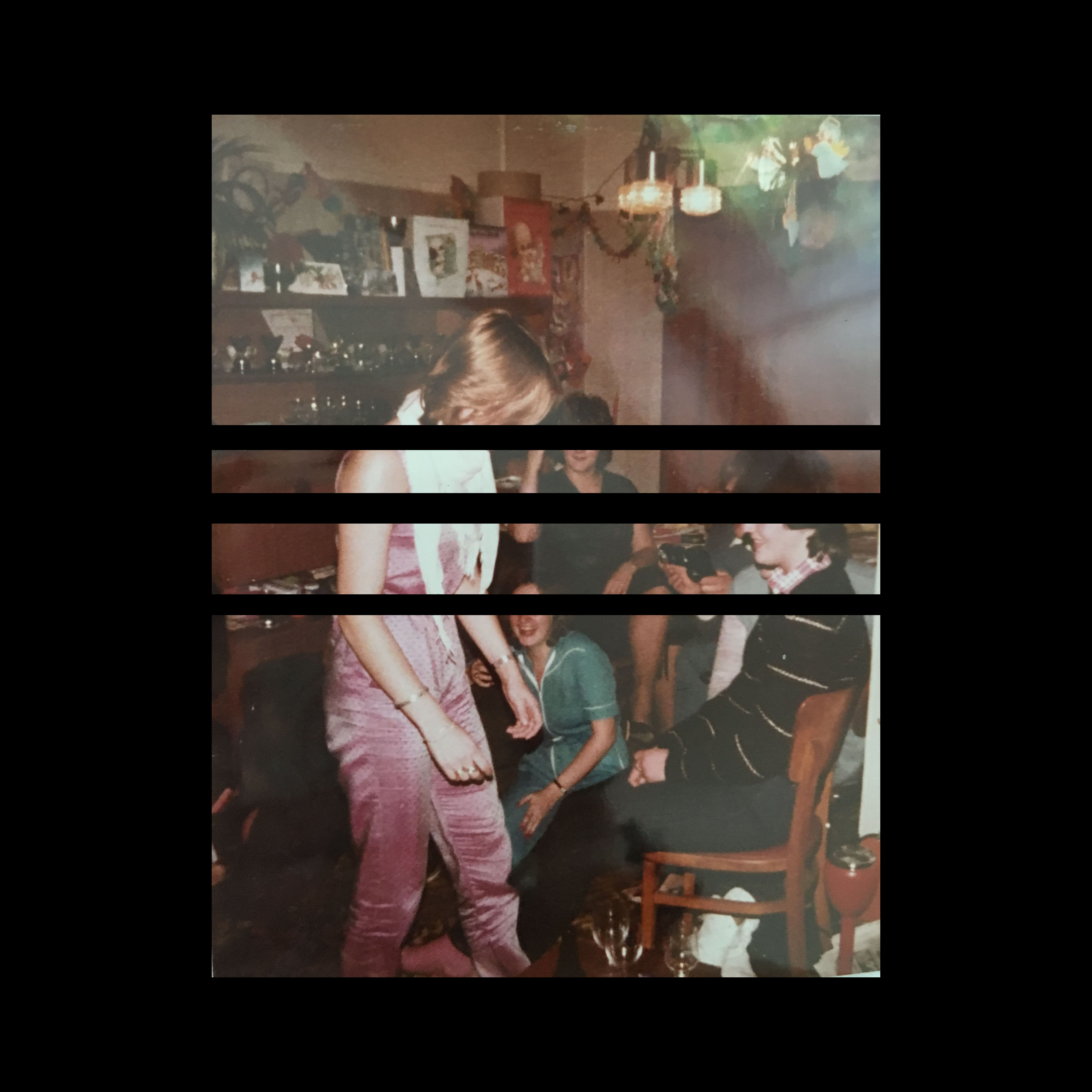



Personal Investigation : Theme “Family and Environment”

Tanja Deman (Croatia)and Jonny Briggs (London) are contemporary, cutting edge artists that use photographic techniques as a vehicle to explore the themes of Family and Environment.
They operate and think in different ways…but there are similarities in the way they construct their outcomes, and have their roots in Dadaism, Surrealism and at times Fine Art, Documentary and Narrative photography. They also use archival imagery as an integral part of their practice, and cross reference psychology, psycho-analysis and philosophy too.
We will spend time exploring the background, history and theory of these approaches and creating imagery, film and more that embraces the methods of composite imagery, photo-collage and cut-n-paste.
Jonny Briggs | Artist statement
“In search of lost parts of my childhood I try to think outside the reality I was socialised into and create new ones with my parents and self.
Through these I use photography to explore my relationship with deception, the constructed reality of the family, and question the boundaries between my parents and I, between child/adult, self/other, nature/culture, real/fake in attempt to revive my unconditioned self, beyond the family bubble.
Although easily assumed to be photo-shopped or faked, upon closer inspection the images are often realised to be more real than first expected. Involving staged installations, the cartoon-esque and the performative, I look back to my younger self and attempt to re-capture childhood nature through my assuming adult eyes.”
Tanja Deman | Artist statement
Tanja Deman’s art is inspired by her interest in the perception of space, physical and emotional connection to a place and her relationship to nature.
Tanja’s works, incorporating photography, collage, video and public art, are evocative meditations on urban space and landscape.
Observing recently built legacy or natural sites her work investigates the sociology of space and reflects dynamics hidden under the surface of both the built and natural environment.
https://vimeo.com/20713908
Twitter – Facebook – Instagram – Pinterest
LINK TO ARCHISLE FACEBOOK PAGE / JONNY BRIGGS INTERVIEWS
https://www.facebook.com/ArchisleJersey/
https://hautlieucreative.co.uk/photo17a2e/
https://hautlieucreative.co.uk/photo17a2/
Aim to focus on 1 key example of his work and use FORMAL ANALYSIS techniques as a starting point only.
think about and discuss the content, concept, context, construction, composition, camera, then compare, contrast and critique
ask yourself ( and Jonny) what ? / why? / how?
You must define the process and include examples of Jonny’s presentation devices eg publications and exhibitions and show clearly how Jonny is influenced and and inspired by at least 2 of these artists…
| John Stezaker | Tony Oursler | Urs Fiscer | Greta Alfaro |
| Cat Roissetter | Alma Kaser | Gillian Wearing | Rene Magriette |
| Mike Keller | Richard Billingham | Noemie Goudal | Paul Nouge |
| Gregor Schnieder | Julie Cockburn | Sarah Jones | George Condo |
| Annette Messager | Gabriella Boyd | Thomas Demand | Gordon Matta Clark |
| Joana Piotronska | Kate Lyddon | Henry Darger | |
| Cindy Sherman | Louise Bourgeoise | Francis Bacon |
Remember to MAKE YOUR BLOG POST VISUAL
include relevant links, podcasts, videos where possible
Aim to focus on 1 key example of her work and use FORMAL ANALYSIS techniques as a starting point only.
think about and discuss the content, concept, context, construction, composition, camera, then compare, contrast and critique
ask yourself ( and Tanja) what ? / why? / how?
You must define the process and include examples of Tanja’s presentation devices eg publications and exhibitions and show clearly how Tanja is influenced and and inspired by at least 2 of the following artists…
Robert Adams // David GoldBlatt // Thomas Struth // Super Studio // Luigi Ghirri // Richard Misrach // Werner Herzog // Richard Long // Raymond Meeks // Antonioni // Alain Resnais // Katrin Koenning // Andrei Tarkovsky
Remember to MAKE YOUR BLOG POST VISUAL
include relevant links, podcasts, videos
For an easier work flow in regards to the number of students each student should have a folder on their desktop
called ‘Photo collage workshop 20-27.6.’, with sub-folders inside named:
‘1. MY IMAGES’ (it should contain 5 images)
‘2. ARCHIVE IMAGES’ (it should contain 5 images)
‘3. ARTISTS REFERENCES’ (it should contain 5 images)
‘4. RAW PHOTOS’ (empty)
‘5. NEW WORK’ (empty)
Deadline for Completion
MONDAY 19TH JUNE
Research and define the following terms in photography to show an understanding of the influences, concept, history and theory in contemporary photography. Include key examples and try to show how they may have influenced Jonny and Tanja in some way.
Dadaism
Surrealism
Documentary and Narrative photography (visual storytelling)
Fine Art Photography
Tanja is clearly inspired and informed by her prior studies in architecture, natural forms, structures and sculpture.
During her SJ presentation she referred to
Research, describe and explain what these forms of art are including how they came to prominence, where they can be found and what their legacy / influence is.
Where is there evidence of modernism / brutalism in Jersey?
Remember to include images, hyperlinks, videos etc

Welcome back after Exams!
In the first A-Level coursework module, Personal Investigation as Yr 13 students you are going to be taught by two contemporary artists, Tanja Deman (Croatia) and Jonny Briggs (London) who are the current Archisle Jersey International Photographer-in-Residence at the Société Jersiaise Photographic Archive.
Over the next 6 weeks a we have arranged a series of lectures, masterclasses and practical workshops that will offer you a unique opportunity to learn new skills and develop your practice as a student of photography. Tanja and Jonny will inspire, challenge and make you think differently about the process of image-making and its meaning.
The themes we will be exploring are: FAMILY or ENVIRONMENT
The work that you produce here will be the foundation and starting points for your continued Personal Investigation when you return in September for the new academic year to learn about visual storytelling in contemporary photography.
We will provide support and guidance for this unit…including essay writing skills and a framework to support your understanding. Much of this will develop into a photo-book and you may even create your own book(s) using traditional book binding techniques which has become a strong and unique feature for many contemporary photographers wishing to publish their own work.
This extended project will culminate in a fully curated student exhibition; Constructed Narratives at the Berni Gallery, Jersey Arts Centre 27 Nov – 23 Dec 2017.
Day 1 Tuesday 13 June Societe Jersiaise – all day
Inspirations and starting point from the Photographic Archive and introduction to Tanja Deman’s and Jonny Briggs practice.
Day 2 Tuesday 20 June Hautlieu School / location – all day
Workshop with Tanja on location in Jersey
Day 3 Tuesday 4 July Hautlieu School – normal lesson time
Workshop with Jonny in the Photographic Studio – bring personal objects/items>
Day 4 Tuesday 11 July Hautlieu School – normal lesson time
Workshop with Tanja developing photo-montage skills from on-location shoot.
Day 5 Tuesday 18 July Hautlieu School – normal lesson time
Workshop with Jonny developing photo-montage skills from studio shoot
Read here for a full details of the workshop programme IPR Workshop 2017
Use TRACKING-SHEET-SUMMER TERM_2017 for a full overview of what you are required to do in the next 6 weeks. You are required to self-monitor your progress and will be asked to upload Tracking-Sheet with an update on a weekly basis to your blog.
This unit requires you to produce an appropriate number of blog posts which charts you project from start to finish including research, planning, analysis, recording, experimentation, evaluation, and presentation of creative outcomes.
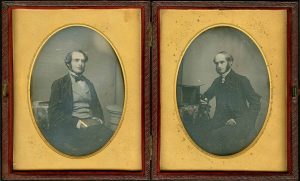
In the course of daily life, individuals and organizations create and keep information about their personal and business activities. Archivists identify and preserve these documents of lasting value.
These records — and the places they are kept — are called “archives.” Archival records take many forms, including correspondence, diaries, financial and legal documents, photographs, and moving image and sound recordings. All state governments as well as many local governments, schools, businesses, libraries, and historical societies, maintain archives.

Using the Photographic Archive as a Resource for Research and Ideas
For your Personal Investigation you have to engage with a notion of an archive. Archives can be a rich source for finding starting points on your creative journey. This will strengthen your research and lead towards discoveries about the past that will inform the way you interpret the present and anticipate the future.
Jersey Archives: Since 1993 Jersey Archive has collected over 300,000 archival records and it is the island’s national repository holding archival material from public institutions as well as private businesses and individuals. To visit click here
Jersey Archive can offer guidance, information and documents that relate to all aspects of the Island’s History. It also holds the collections of the Channel Islands Family History Society.
Societe Jersiaise: Photographic archive of 80,000 images dating from the mid-1840s to the present day. 35,000 historical images in the Photographic Archive are searchable online here.
Societe Jersiaise also have an extensive library with access to may publications and records relating to the island’s history, identity and geography. Click here

Archisle: The Jersey Contemporary Photography Programme, hosted by the Société Jersiaise aims to promote contemporary photography through an ongoing programme of exhibitions, education and commissions.
The Archisle project connects photographic archives, contemporary practice and experiences of island cultures and geographies through the development of a space for creative discourse between Jersey and international practitioners.
Link: http://www.archisle.org.je/
Private archives: Family photo-albums, objects, letters, birth-certificates, legal documents etc.
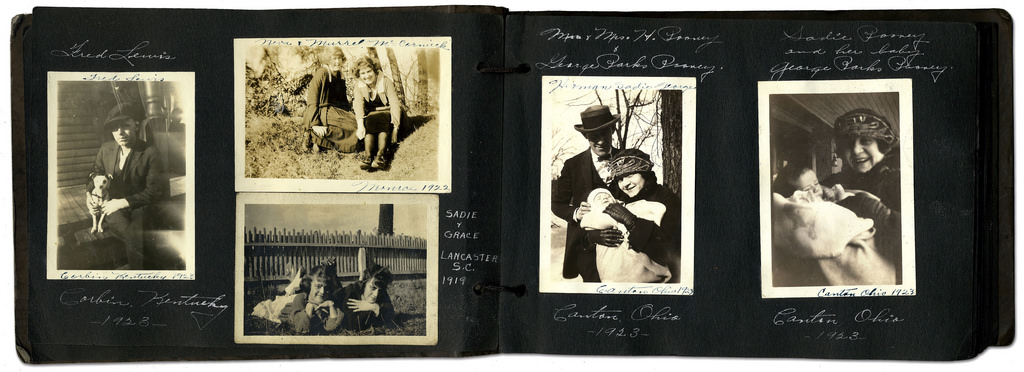
Digital images stored on mobile phones, uploaded on social media etc.

1. Introduction to the Société Jersiaise Photographic Archive Tue 13 June.
2. Research at least two photographers from the list below in the photo-archive and choose one photograph that illustrates the themes of Family or Environment from each.
Dunham, Percy
Smith, Albert
Guiton, Emile F
Foot, Francis
William Collie
Laurens, Phillip Morel
Ouless, Clarence P
De Faye, Francis George
Dale, Edwin
Baudoux, Ernest
Martin Wyness
Charles Hugo
Claude Cahun
Martin Parr (Liberation)
Michelle Sank (Insula)
Yury Toroptsov (Fairyland)
Tom Pope ( I am not Tom Pope, You are all Tom Pope)
Martin Toft (Atlantus, Masterplan)
3. Analyse each image in detail using this method.
 Read through this Powerpoint how to analyse a photograph + photographic theory for more help and guidance. Or use Photo Literacy as a method of analysis
Read through this Powerpoint how to analyse a photograph + photographic theory for more help and guidance. Or use Photo Literacy as a method of analysis
4. Write a 1000 word essay and answer this question: Whose Archive is it Anyway?
To answer this question you need to reflect on Photo-Archive’ talk, read the text by theorist David Bate: Archives, Networks and Narratives and watch the Youtube clip below and consider the following sub-questions:
How do archives function?
What are their purpose?
How do archives act as repositories of cultural memories of the past?
In what way does photography perform a double role within archives?
Reference some of the artists and photographers mentioned in the David Bate’s text and use as examples.
Imagine how you will look in your archive of adulthood and what type/style of pictures you want them to be?
How will looking at archival material enrich your personal study?
In what way has looking at archives been a resourceful exercise?
What have you learned?
archives-networks-and-narratives_low-res
Read the text, make notes and reference it by incorporating quotes to widen different perspectives. Comment on quotes used to construct an argument that either support or disapprove your own point of view.
Extra research/ reading:
Dr Gil Pasternak, Senior Research Fellow in the Photographic History Research Centre (De Montfort University, Leicester), will be part of a BBC documentary film exploring what family photographs say about Britain’s post-war social history.
Watch this Youtube clip where Dr Kelly Wilder, Director of Photographic History Research Centre, De Montfort University, Leicester delivers an academic paper, ‘The View from Everywhere: Objectivity and the Photographic Archive’ at a symposium on Photographic Archives at the Getty Centre in Los Angeles where she talks about the notion of objectivity when it comes to the use of photographic images. Here is a Review of symposium on Photo_Archives and Objectivity
Here is an essay example from previous A2 student, Rosanna Armstrong
Deadline: Publish blog posts by Mon 3 July
EXTENSION TASKS – SUMMER BREAK
Choose at least one option
5. Explore your own family/ personal archives over the Summer and make a blog post with some of the material and describe how it will inform and develop your Personal Investigation. Ask parents, grand-parents and other family members to look through photo-albums, letters, boxes etc.
6. Plan at least one photo-shoot and make a set of images that respond to your research above and/ or Personal Investigation.